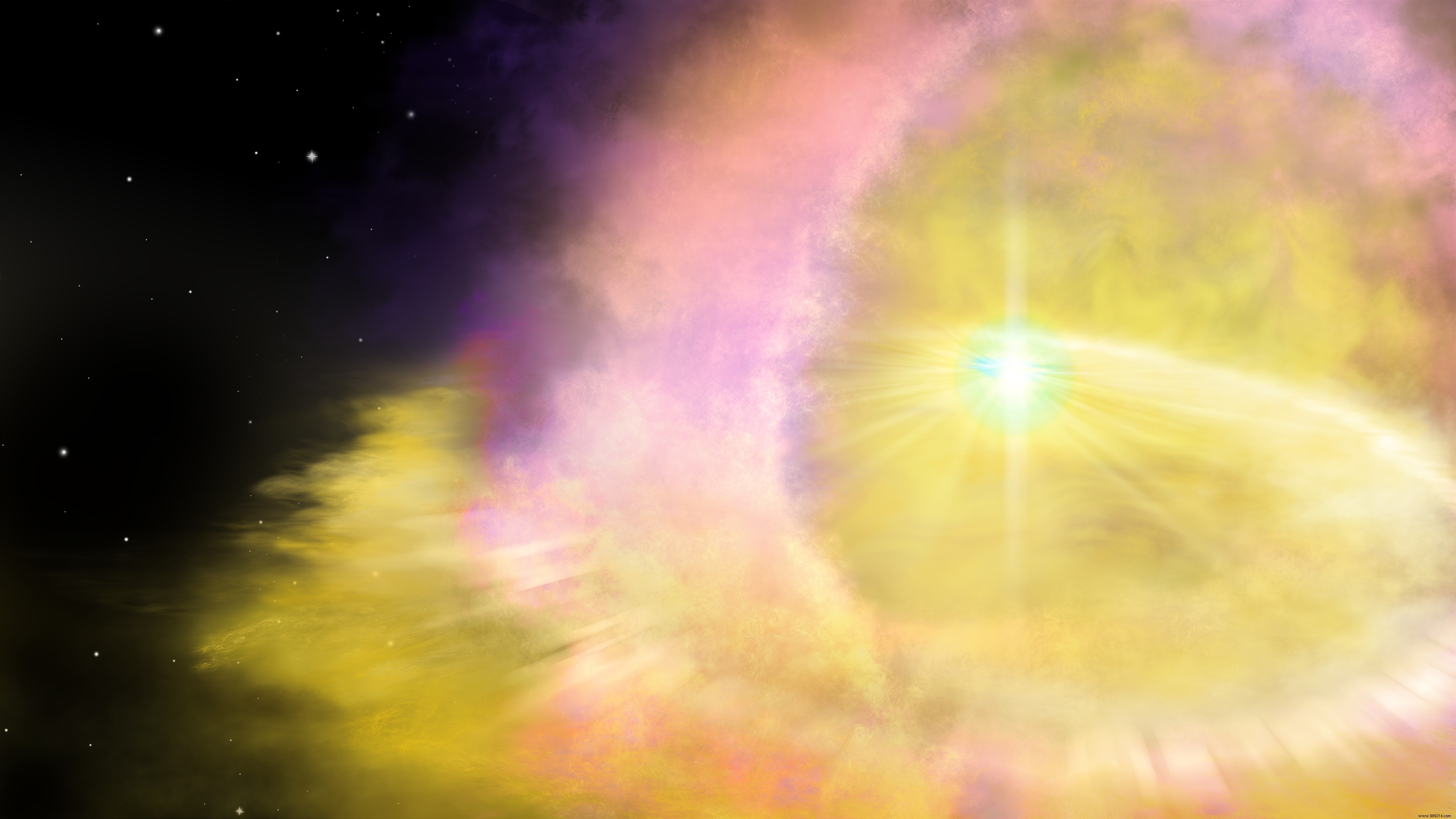The Solar System is now evolving right in the middle of a thousand-light-year-wide bubble, the shell of which is giving birth to thousands of new stars. In a new study, astronomers have been able to determine how many star explosions caused this massive cosmic structure.
Fifty years ago, researchers noticed that the Earth and the rest of the Solar System were evolving in the heart of a gigantic void after realizing that no star had formed inside for at least fourteen million years . The only stars evolving inside this "local bubble" either existed before it emerged or formed outside before finally passing through it. This is particularly the case of the Sun.
We also know that this bubble is not spherical, but irregularly shaped and very bumpy. This configuration suggested that several star explosions (or supernovae) were responsible. These events would then have released the materials needed to make new stars, before these eventually formed several hundred light-years away. This would explain the presence of the stardust observed near this bubble.
In a new study published in Nature, researchers have finally been able to determine the number of supernovae needed to dig such a cosmic void.
The researchers used data obtained by the Gaia Observatory of the European Space Agency (ESA). These enabled the creation of a 3D map of the surface of the local bubble and the calculation of the trajectory of the seven main star-forming regions that constitute its "shell". These observations also allowed the researchers to determine that this cosmic vacuum was expanding through space at approximately 6.4 km per second . The team was then able to determine the number of supernovae needed to dig it.
"We were able to determine the amount of momentum currently present in the expanding area of the local bubble and compare it to the amount of momentum that must have been injected by supernovae to fuel its expansion “, note the authors. “We estimate that fifteen supernovae were needed to fuel this expansion given the current momentum ". These supernovae probably originated from two separate star clusters.

The researchers also point out that while Earth is currently located at the heart of this bubble, the Sun was about 1,000 light-years away at the time of its formation. Our system would have finally integrated the structure only five million years ago . It should eventually emerge in about eight million years.
According to the Copernican principle, which proposes that humans are not privileged observers of the Universe and that Earth has no "special" location in the galaxy , the position of our planet inside this bubble suggests that these structures are probably very common.
"We believe these bubbles interact with each other, with star forming regions at bubble intersections “, conclude the authors. The Milky Way, therefore, "would look like a Swiss cheese whose holes are carved out by supernovae and where new stars can form around “.